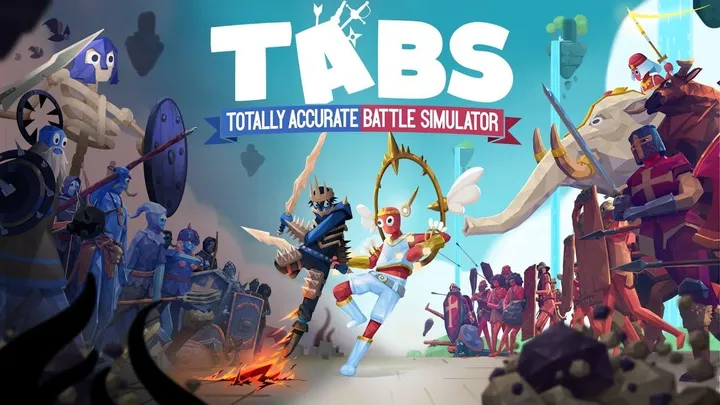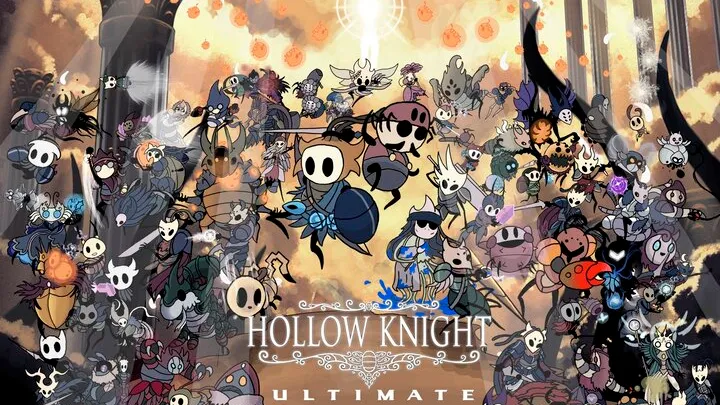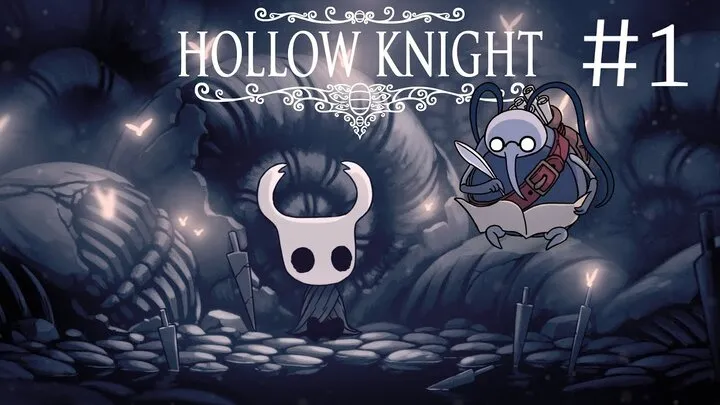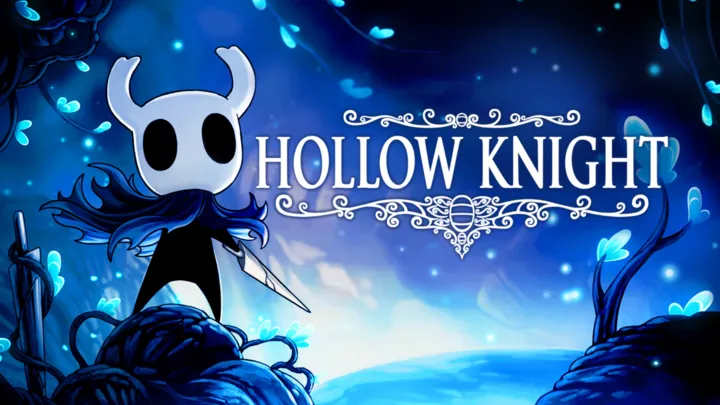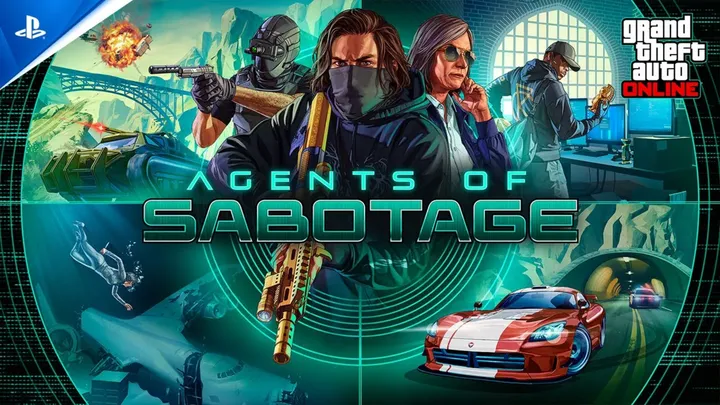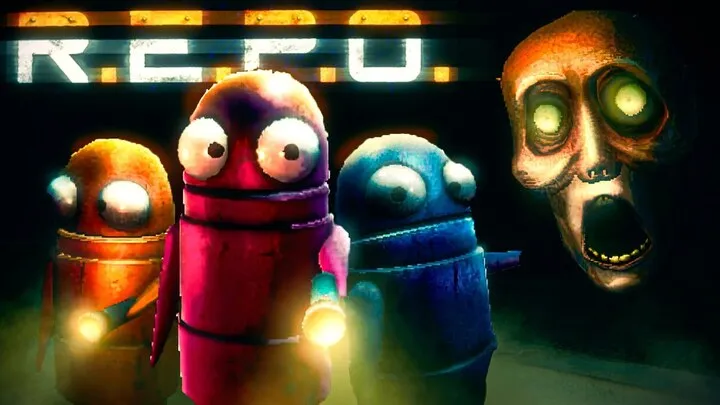Introduction
Stardew Valley, developed by ConcernedApe (Eric Barone), is a farming simulation RPG that has become a global favorite since its release in 2016. At first glance, it looks like a simple pixel farming game, but behind its charming graphics lies deep gameplay, heartfelt storytelling, and endless replayability.
The game invites players to leave behind city life and start fresh on a rundown farm in the countryside. From farming and fishing to romance and exploration, Stardew Valley offers freedom, creativity, and a cozy escape into rural life.
Life on the Farm
The heart of Stardew Valley is its farming system. Players inherit a neglected farm and slowly turn it into a thriving homestead by:
- Planting crops according to each season.
- Raising animals like chickens, cows, and goats.
- Upgrading tools and buildings to expand farm potential.
- Crafting items to improve efficiency and aesthetics.
The balance between farming, time management, and resource gathering makes each in-game day meaningful.
Seasons and Crops
One of Stardew Valley’s most charming mechanics is its seasonal cycle. Each in-game year has four seasons: Spring, Summer, Fall, and Winter.
- Different crops grow in different seasons. For example, strawberries in Spring, blueberries in Summer, and pumpkins in Fall.
- Winter has no crops, encouraging players to focus on mining, fishing, or animal care.
- Seasonal festivals, like the Egg Festival or Spirit’s Eve, bring the community together and add unique rewards.
Planning your farm around seasonal changes is key to success.
The Town and Community
The nearby Pelican Town is filled with memorable characters, each with their own personalities, routines, and backstories. Players can:
- Build friendships by giving gifts and completing quests.
- Pursue romance with eligible bachelors and bachelorettes.
- Get married and start a family with children who live on your farm.
The community aspect adds warmth and depth, making Stardew Valley feel like more than just a farming simulator—it’s also a life simulator.
Mining and Adventure
Beyond farming, Stardew Valley offers exploration and combat through its mines.
- Players fight monsters like slimes, skeletons, and bats.
- Collect ores and gems to upgrade tools and craft valuable items.
- Explore progressively deeper levels, facing tougher challenges.
This dungeon-like system adds variety, mixing peaceful farming with thrilling adventure.
Fishing and Foraging
Not every day has to be spent on the farm. Stardew Valley also lets players:
- Fish in rivers, lakes, and oceans for rare catches.
- Forage for wild items like berries, mushrooms, and flowers.
- Participate in fishing contests during festivals.
These side activities add to the relaxing, open-ended gameplay loop.
Customization and Creativity
Players have full control over how their farm looks and operates. You can:
- Choose different farm layouts at the start of the game.
- Build barns, coops, silos, and artisan machines.
- Design pathways, fences, and decorations for a personal touch.
No two farms ever look the same, making creativity one of the game’s biggest strengths.
The Community Center vs. JojaMart
A central storyline in Stardew Valley revolves around the Community Center, an abandoned building you can restore by collecting bundles of items. Completing it revitalizes the town and unlocks special rewards.
Alternatively, players can side with JojaMart, a corporation that replaces the Community Center with a supermarket. This moral choice gives the game replayability and lets players shape the future of Pelican Town.
Multiplayer Mode
Stardew Valley also supports multiplayer, allowing up to four players to farm together online.
- Friends can share resources, divide tasks, or work together on large projects.
- Co-op events and festivals feel more lively with friends.
- The multiplayer feature has made the game even more popular among groups.
Why Stardew Valley Stands Out
Stardew Valley’s success comes from a mix of:
- Freedom of play – No strict rules, just your own pace.
- Charming design – Pixel art and soothing music create a cozy vibe.
- Depth and variety – Farming, mining, fishing, romance, and quests.
- Community and heart – Every character feels alive and meaningful.
It’s not just a game about farming—it’s a story about slowing down, finding joy in small tasks, and building a new life.
Tips for Beginners
- Focus on one profitable crop per season (e.g., blueberries in Summer).
- Upgrade your watering can and pickaxe early to save time.
- Don’t ignore relationships—friends provide recipes and gifts.
- Explore the mines on rainy days when crops don’t need watering.
- Save resources like wood and stone for building upgrades.
Conclusion
Stardew Valley is more than a farming simulator—it’s an enchanting journey of growth, friendship, and creativity. With its mix of relaxing gameplay and rewarding challenges, it has become one of the most beloved indie games of all time.
Whether you want to build the ultimate farm, dive into mines for adventure, or simply enjoy the peaceful countryside, Stardew Valley offers a place where players can create their own story at their own pace.
